Email marketing is a powerful tool, but let’s be real – it’s not always easy to get it right. One of the biggest challenges is figuring out which metrics to track in order to measure the success of your campaigns.
And that’s what we’re tackling in this guide. After over a decade of managing email marketing campaigns for our own products and for clients, we’ve learned a thing or two about which email marketing KPIs are the most important to focus on in order to drive results.
By the end, we hope you’ll know exactly what metrics you should be tracking to make your email marketing campaign or newsletter a smash hit.
Our Essential Email Marketing KPIs
As professionals in the field of email marketing (at least that’s what we tell ourselves) we rely on a set of key performance indicators (KPIs) to measure the success of our campaigns. These KPIs allow us to make data-driven decisions and continually optimize our strategy.
There are many more KPIs that we measure as needed for specific campaigns as the case arises but these are our go-to’s for every campaign.
1. Open Rate
When someone opens your email, it means they are interested in the content and are more likely to engage with it – that’s pretty obvious. So, it only makes sense to keep an eye on how many people are opening the emails you send.
Open rates are important because they provide insight into how effective your subject lines and preheader text are at grabbing attention and convincing people to open your emails. They also give you an idea of the overall health of your email list – if your open rates are low, it could be a sign that you need to clean up your list or improve the quality of your email content.
On average, email open rates across all industries hover around 21% according to this excellent data analysis from Mailchimp. However, it’s important to keep in mind that open rates can vary widely depending on the industry, type of email, and the quality of your list. For example, newsletters typically have higher open rates than promotional emails, and B2B emails tend to have higher open rates than B2C emails.
So, in short, open rates are a critical metric for understanding the effectiveness of your email marketing efforts and should be closely monitored to ensure that your campaigns are performing at their best.
Open rates as KPI – Caveat
It’s worth including an important caveat here. And it’s to do with what we mentioned above regarding the subject line and the pre-header text.
More than anything, open rates will be a reflection of how effective those two elements are. That has led to some debate about whether or not open rates are more of a vanity metric.
In our experience, it’s a bit more nuanced than that. Yes, the first 1–3 emails someone receives mostly rely on these elements. But, if you prove that you’re providing genuine value in your emails, you can get away with blank subject lines after that if you wanted to.
So, open rates will always remain an important KPI to track. They’re a litmus test for the overall health of your email marketing campaigns.
2. Click-Through Rate
When it comes to email marketing, tracking the click-through rate (CTR) is crucial. CTR is the percentage of people who clicked on at least one link in your email message. It helps you understand how effective your email campaign was in terms of getting people to take action.
Think about it this way: having a great open rate on its own doesn’t tell you much about the success of your campaign. Sure, lots of people might have opened your email, but if none of them clicked on any links, then your email campaign didn’t accomplish any of your goals. That’s why it’s important to consider CTR alongside open rates, to get a full picture of how your email campaign is performing.
But CTR isn’t just about the number of clicks your emails get – it’s about the number of individuals who clicked any link in your email. So, if John Q. Customer clicks two links in your email, he only counts as one click.
There are plenty of factors that can affect CTR – everything from the subject line and calls to action, to the design and copy of your email. But there are also less obvious factors to consider, like link position, the time the email is sent, and the emphasis placed on the link.
If you want to improve the effectiveness of your emails, it’s worth taking the time to consider these factors and optimize your campaigns accordingly. Remember, a high CTR doesn’t guarantee success, but it’s a good indication that your email campaign is on the right track.
3. Revenue Per Subscriber
Revenue per subscriber is a handy metric that helps you determine the average amount of money each person on your email list is worth. It can be calculated over the lifetime of a subscriber or for a specific email campaign. Either way, it gives you a clear picture of how much value each person brings to your business.
Calculating revenue per subscriber is easy. Just divide the total amount of revenue generated by the number of subscribers. It’s a simple formula, but the insights it can provide are invaluable.
Revenue per subscriber is not a generalizable metric in which we can tell you: shoot for this much. Rather, it’s useful to compare your subscribers to each other and to your expectations. And, you can ultimately use it to track the effectiveness of your email marketing over time.
The takeaway is this:
Don’t get too hung up on a certain number in this metric but see it as something to consistently work on improving.
4. Click-to-open rate (CTOR)
Hold on a minute… didn’t we discuss this metric already? Not quite.
There’s a subtle but important difference between CTR and Click-to-open rate (CTOR).
CTOR is essentially the percentage of people who opened your email and then clicked on a link within it. So if you sent out 100 emails and 50 of them were opened, but only 1 person went on to click a link, your CTOR would be 2%.
In contrast, your CTR in that example would be 1%.
So why is CTOR such an important KPI? Because it helps you understand how well your emails are resonating with your audience. It’s one thing to get people to open your emails, but it’s another thing entirely to get them to actually take action and click on a link. By tracking CTOR, you can see which emails are really hitting the mark with your audience and which ones are falling flat.
This KPI is especially useful for measuring the effectiveness of your overall messaging. If you have a high CTOR, it means you’re really connecting with the active members of your email list.
If your CTOR is low or dropping, it’s a good indication that you may need to rethink your approach in some way. This is the metric we pay attention to most when we are doing split testing in our email campaigns.
5. Conversion Rate
First things first, what the heck is the conversion rate?
It’s simple, it’s the percentage of people who complete the action you want them to after receiving and opening your email.
Whether that’s clicking on a link, filling out a form, or actually buying something, conversion rate lets you know how effective your emails are at getting your subscribers to do what you want.
And why does it matter?
Because if you’re not getting conversions, all the time and effort you put into your email marketing is basically wasted.
It goes without saying that conversations are closely tied to revenue. But, they’re not identical since every email campaign or individual email has a different conversion goal. That means conversion rate can help you pinpoint weak points in your campaigns better than most metrics.
That’s why conversion rate is so important – it helps you figure out what’s working and what’s not so you can make adjustments and get better results.
6. Unsubscribe Rate
If there’s one thing we would like you to walk away with from this guide it’s this:
Don’t be afraid of losing subscribers.
No matter how hard your try, you’re never going to make the perfect email campaign that’s everything for everyone. You should expect to lose some people along the way. That said, you shouldn’t ignore a high unsubscribe rate.
So, how do you use the unsubscribe rate to your advantage? First, consider it a red flag that something needs to change.
- Are you sending too many emails?
- Are they not relevant to your audience?
- Are you using too much jargon or not enough?
- Are you providing enough value?
These are all things to consider when analyzing your unsubscribe rate.
But here’s the thing: even if your unsubscribe rate is high, it doesn’t mean all is lost. It just means you need to get a little creative and figure out how to turn those leavers into believers.
Maybe you can offer them a special deal or promotion to stay on your list. Or, better yet, ask for their feedback on what you could be doing better.
They say you learn more from losses than you do from wins and the same holds true in email marketing. You’ll learn a lot more about how to connect with your target audience from the people who unsubscribe than those who just let your emails pile up unread in their inbox.
7. Email Subscriber List Growth Rate
The other side of the coin from the unsubscribe rate is the rate at which your manage to entice new subscribers a.k.a your list growth rate.
Generally speaking, you always want this metric to be in the green. There are periods when your growth rate will stagnate or even go in the negative compared to your unsubscribe rate, but don’t let that rattle you.
The thing about email marketing is that every little bit counts. It’s still the best-converting marketing channel that’s widely accessible. So, it’s worth putting in some extra effort to get those few additional subscribers.
And, here’s a really important message: your growth rate is only as good as the subscribers you’re attracting. So make sure you’re targeting the right audience and delivering value in every email. Trust us, it’ll pay off in the long run.
Impact of Privacy Changes on Email Marketing
Last year was packed with a lot of important changes to what we marketers can and cannot track and under what circumstances. And those changes have a significant impact on email marketing, among many other channels.
But, far from killing email marketing, the changes only made it more important to create effective campaigns. And, overall, email marketing demands a little more effort and quality, which is good for everyone in the long run.
The upshot is that you can no longer hitch your wagon to a single metric. Nor should you rely on a single source of data.
Whenever possible, diversify your data sources across as many email marketing tools as you have access to, look at several metrics holistically, and focus on the big picture. In practical terms that means doing the thing that ultimately delivers results no matter what business you’re in:
Work to understand your target audience and provide value for your customers in excess of their expectations.
What are email marketing KPIs and why are they important?
To be thorough, it’s worth talking broadly about email marketing KPIs from a foundational perspective.
As email marketers, we’re always looking for ways to measure the success of our campaigns. That’s where key performance indicators, or KPIs, come in. These metrics allow us to track the performance of different aspects of our emails and make adjustments as needed.
By tracking things like open rates, click-through rates, and bounce rates, we can quickly identify areas where our strategy is falling short and make changes to keep things running smoothly. But it’s not just about tracking individual metrics; it’s about understanding trends within our subscriber base and staying ahead of the curve.
In short, KPIs are like the dashboard of our email marketing campaigns, giving us the insights we need to keep things running smoothly and successfully.
By the way, we do actually use KPI dashboards to track our email marketing success, and highly recommend you do the same if you have the chance.
Conclusion – Email Marketing KPIs
Whether you’re looking to increase sales, drive traffic to your website, or simply build brand awareness, tracking the right KPIs will help you optimize your email marketing strategy and achieve your goals.
So, don’t underestimate the power of KPIs – they can make all the difference in the success of your email marketing efforts.
And, perhaps most importantly, it’s how you quantify the value of the investments you make into email marketing.

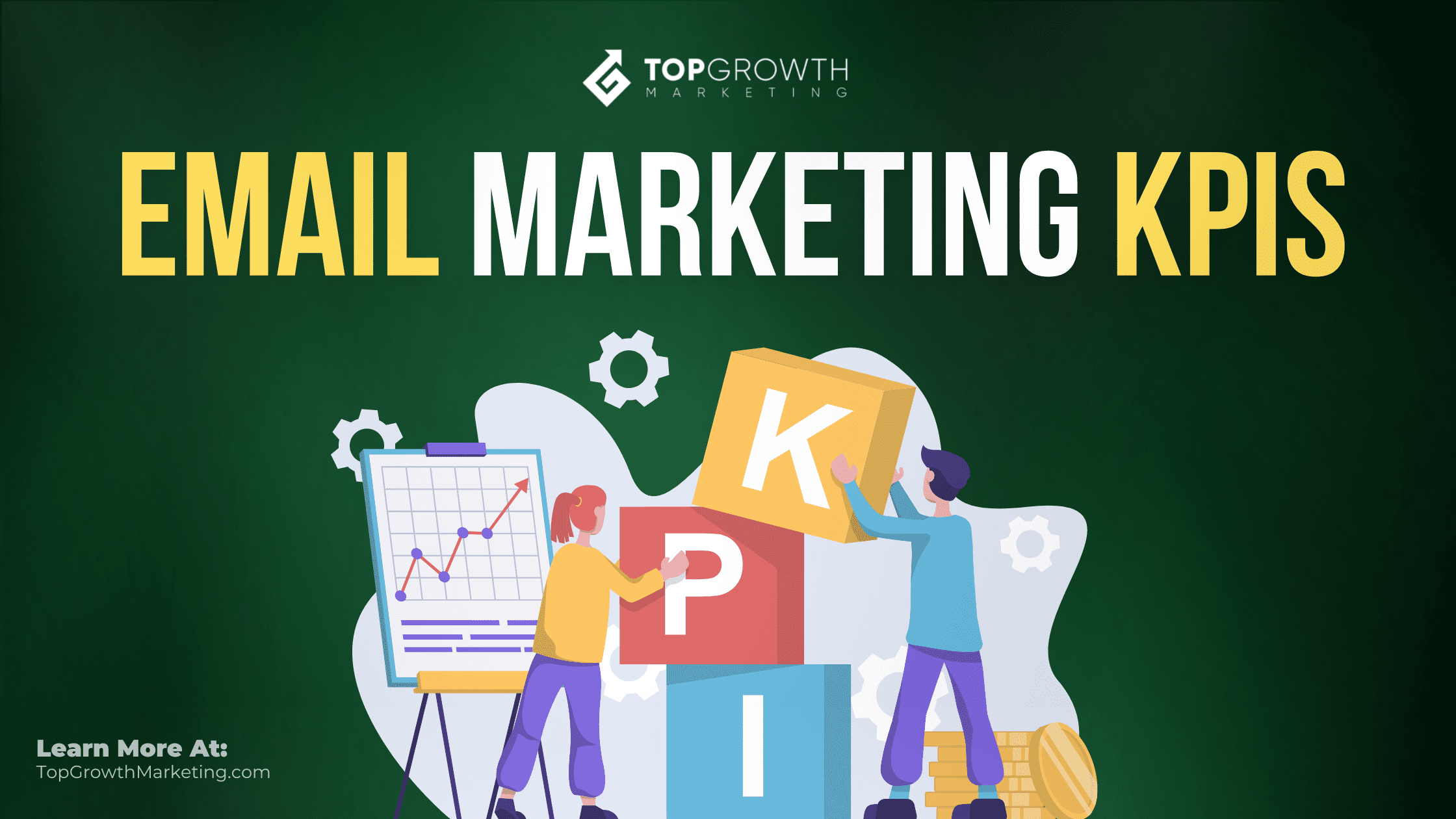

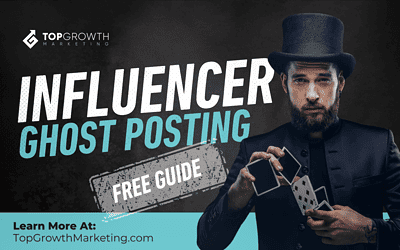

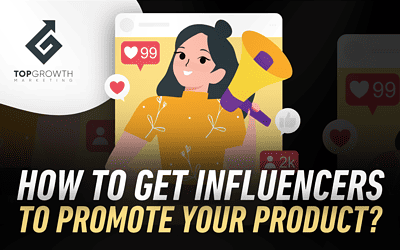
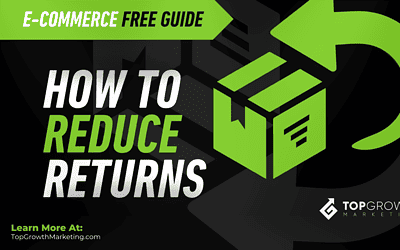
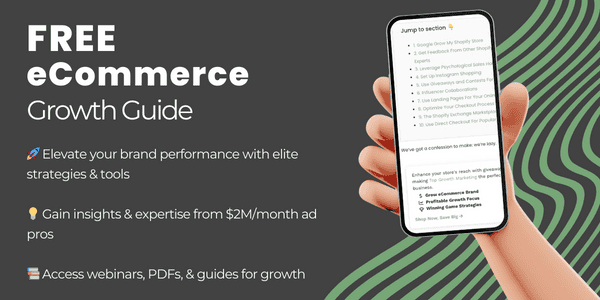
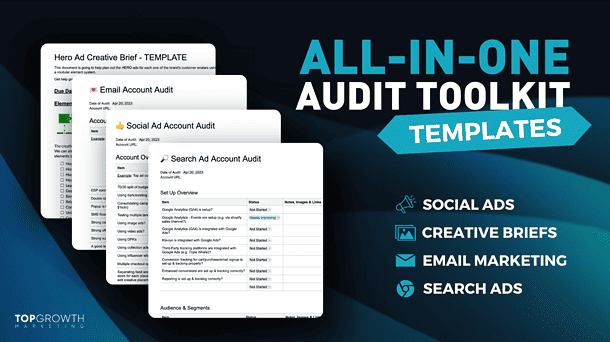
0 Comments